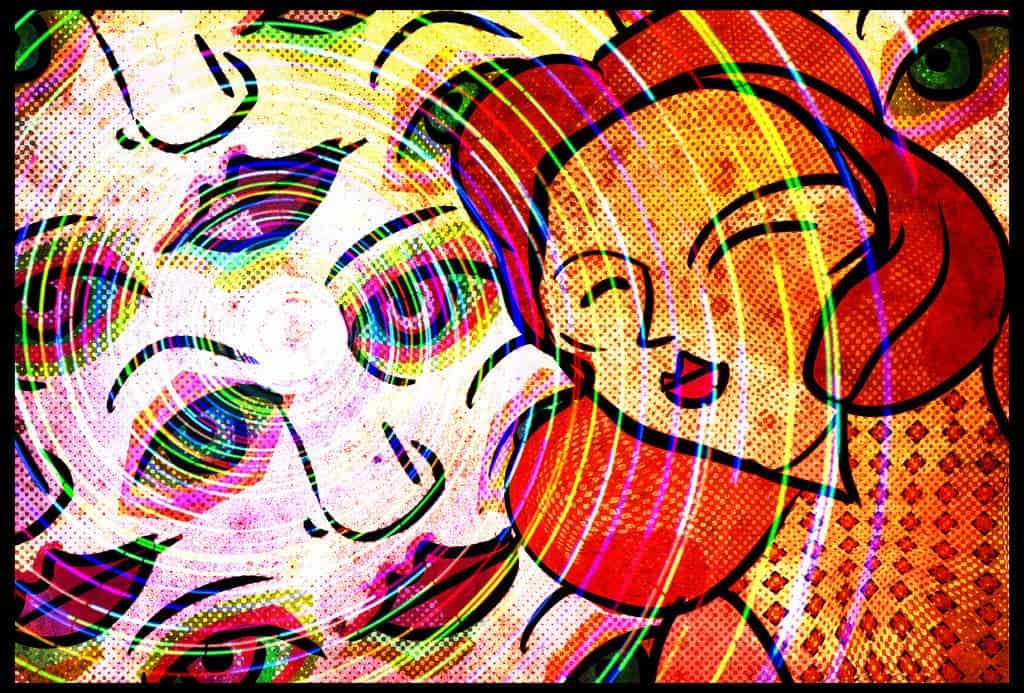A new study sheds some light on what drug-takers have known or years: acid trips last a long time.

Hallucinogenic drugs usually last a few hours. The effects vary depending on several factors, but on all accounts, LSD (most commonly known as acid, among many other names) lasts for a very long time — up to 12 hours. This is truly unique, no other hallucinogenic drug comes even close to that. Researchers have known and studied this in the 60s and 70s but couldn’t find the reason why it happens and since then, laws and regulations have become stricter and it’s much more difficult to conduct such studies. But interest in hallucinogenic drugs hasn’t declined, and a new study found the mechanism behind acid’s surprising resilience. After it’s ingested, the drug travels into brain receptors where it gets literally stuck in a side pocket.
Researchers first suspected something strange was up when they tested LSD’s half life. They learned that LSD stays in the blood for about an hour. Why, then, are the drug’s effects so long lasting? Even after it couldn’t be detected in a person’s bloodstream, the drug’s was still strong and kicking. To figure out this mystery, scientists used crystallography imaging to see how the molecules are arranged in LSD. They zoomed in on this molecular geometry, and then fitted it inside a serotoning receptor. These receptors are located thorughout the body and brain, and when LSD attaches to them, you get the hallucinogenic effects the drug is famous for. The team then showed that when LSD attaches itself to a side pocket of these serotonin receptors, it does so at an angle that basically doesn’t allow it to get out afterwards. The receptor’s protein folds over the LSD molecule, trapping it even more.
Bryan Roth, one of the study’s authors and a pharmacology professor at the University of North Carolina at Chapel Hill, said that the effect is unique to LSD, and opens up interesting gateways to drug administration. The really cool thing about this study is that it not only helps us understand how acid trips you for so long, it could actually have major implications for conditions such as schizophrenia and depression. Basically, we could learn from LSD and engineer drug molecules to be more like it, so that they too get trapped by the serotonin receptors and have stronger effects. Furthermore, it could be that the same thing happens for other receptors as well (though this hasn’t been researched yet), potentiall opening even more doors for drug administration.
This also seems to confirm what many drug-takers have been saying for a long time– that even very low doses (which shouldn’t, in theory, do anything) of LSD provide a tangible effect. This so-called microdosing is particularly interesting for doctors and has been researched extensively, because it implies that you need fewer molecules to get the job done, thus limiting side effects and reducing the quantity of required drug. This is still a work in progress, but Roth is confident.
He also says that they will start work on developing drugs based on this newly acquired knowledge, firstly focusing on schizophrenia. Hopefully, he added, they will have tangible results within a year or two.
Journal Reference: Daniel Wack et al — Crystal Structure of an LSD-Bound Human Serotonin Receptor. DOI: http://dx.doi.org/10.1016/j.cell.2016.12.033






